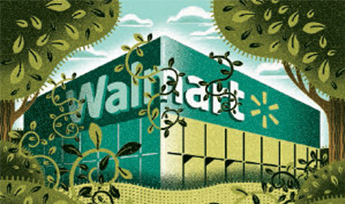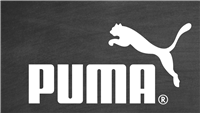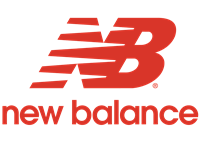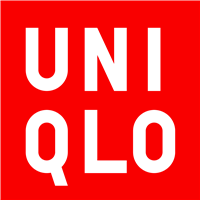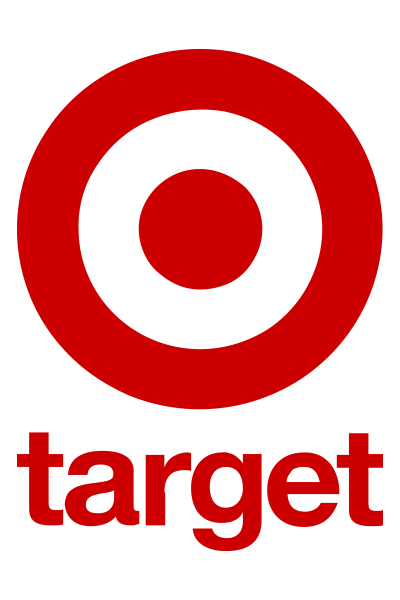Walmart Project Gigaton
Walmart aims to galvanize collective climate action across the retail and consumer goods sector through our ambitious targets and mitigation initiatives, advocacy, supplier engagement, philanthropy and innovation in product supply chain practices, while taking steps to strengthen the resilience of our business against the effects of climate change.


